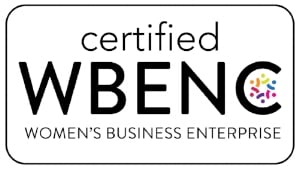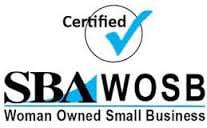What file format do I need in order to fabricate my parts?
The Quick Answer- An STL file.
The Extended Answer– The process of 3D Printing begins with a 3D CAD (Computer Aided Design) model. After the 3D model is created, it is exported as an STL file. If an STL is not available, there are multiple engineering programs that can be used to export an STL file. The most common programs are: STEP, IGES, Parasolid, Catia, SolidWorks, and ProE.
What is the minimum required thickness?
The Quick Answer-Most processes require a minimum thickness of .025 to .030”
The Extended Answer– The minimum thickness can vary between the material, machine and process. The SLA process requires wall thicknesses of 0.025”, whereas FDM and SLS processes require at least 0.030”. Polyjet requires at least 0.025”, but the softer durometer material parts should be made thicker to withstand bending and flexing.
What tolerances are 3D printers capable of holding?
The Quick Answer- Tolerances are a function of the process and the overall size of the part.
The Extended Answer–
-SLA tolerances are+/- .005” for the first inch and +/- .002” for every inch afterwards.
-FDM and SLS tolerances are +/-.010” for the first inch and +/-.003” for every inch afterwards.
-Polyjet tolerances are +/-.005” for the first three inches and +/-.0005” for every inch afterwards.
-Desktop 3D Printer manufacturers do not guarantee any tolerances due to the inconsistent nature of the printers.
What materials do you offer?
The Quick Answer- Additive manufacturing offers numerous materials that have various thermal and mechanical properties.
The Extended Answer–
-SLA offers ABS-like, PC-like, PP-like, high heat, and water clear materials.
-FDM offers ABS, PC, PC-ISO, and ULTEM materials.
-SLS offers Nylon PA and Nylon GF materials.
-Polyjet offers shore A, shore D, and overmolded parts. Durometers range from 30A-70D.
-Desktop 3D printers offer ABS-like material.
Are there ways that can help me reduce cost?
The Quick Answer- Yes.
The Extended Answer– There are multiple options to save on 3D Printing and Additive Manufacturing costs, here are some of the most common:
-Hollowing out files can reduce material and run time for your parts.
-Tall parts can be cut and run in sections to be bonded in finishing, or run lying down reducing build cost.
-Changing build styles can help reduce the amount of material or support material used for a build thus reducing both material and run costs.
-Depending on the part geometry, parts can be grouped together on builds in order to save cost through economics of scale.
Keep in mind that these options may have some advantages, but they may have some drawbacks. We recommend discussing these options with your project manager so that our processes and materials can be tailored to your project needs.







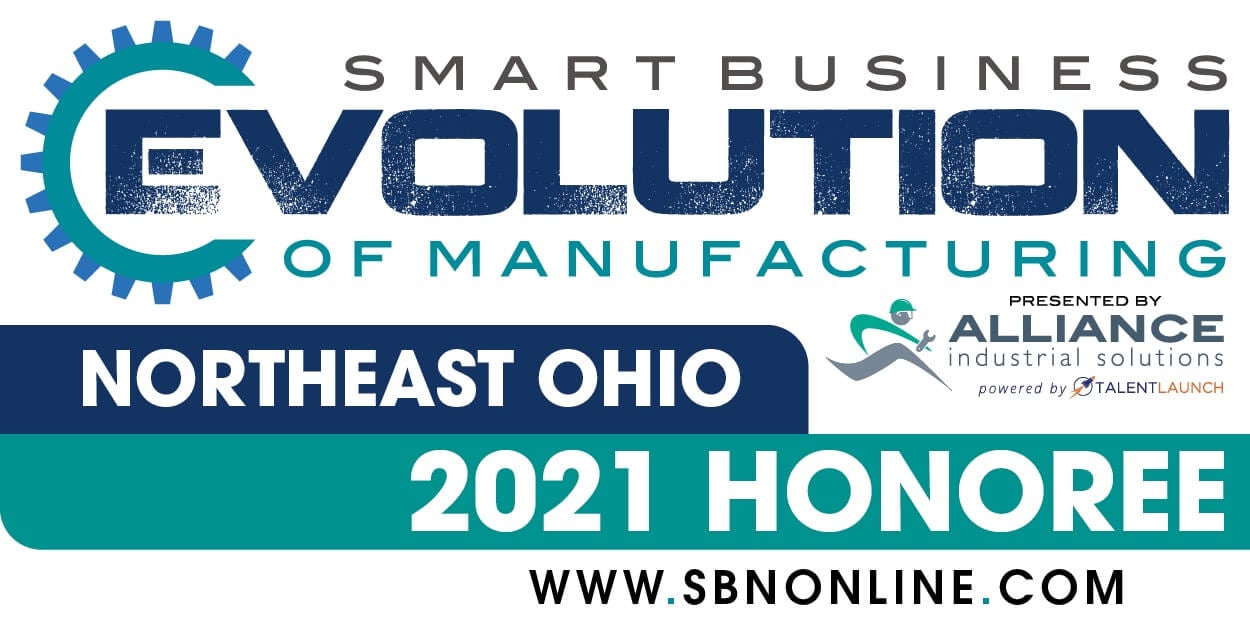
.jpg)
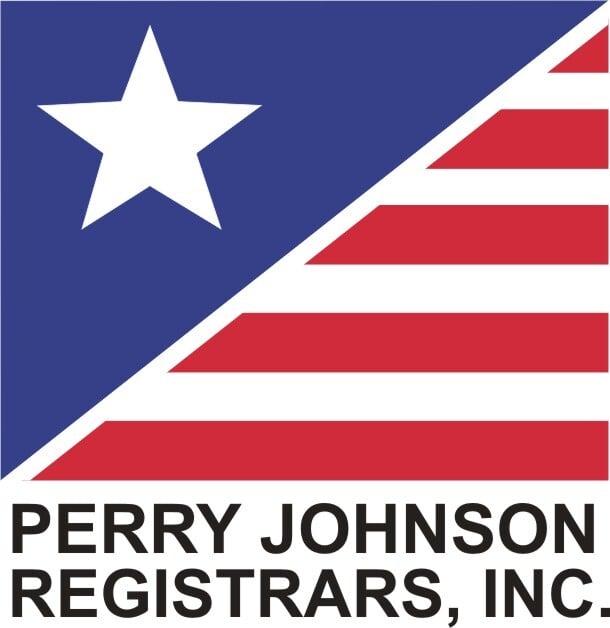
.png)
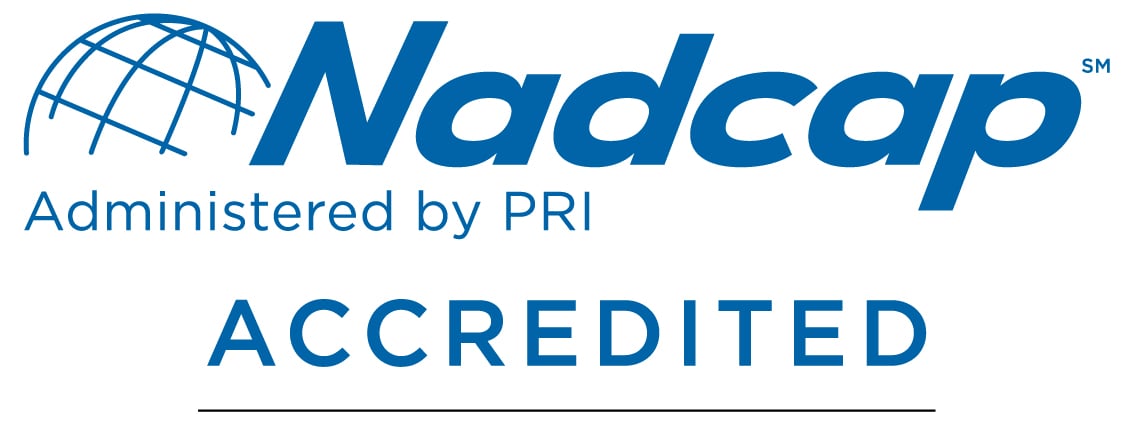
.png)
